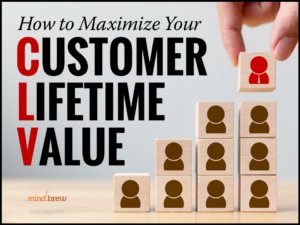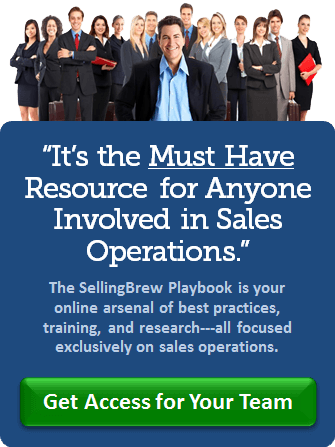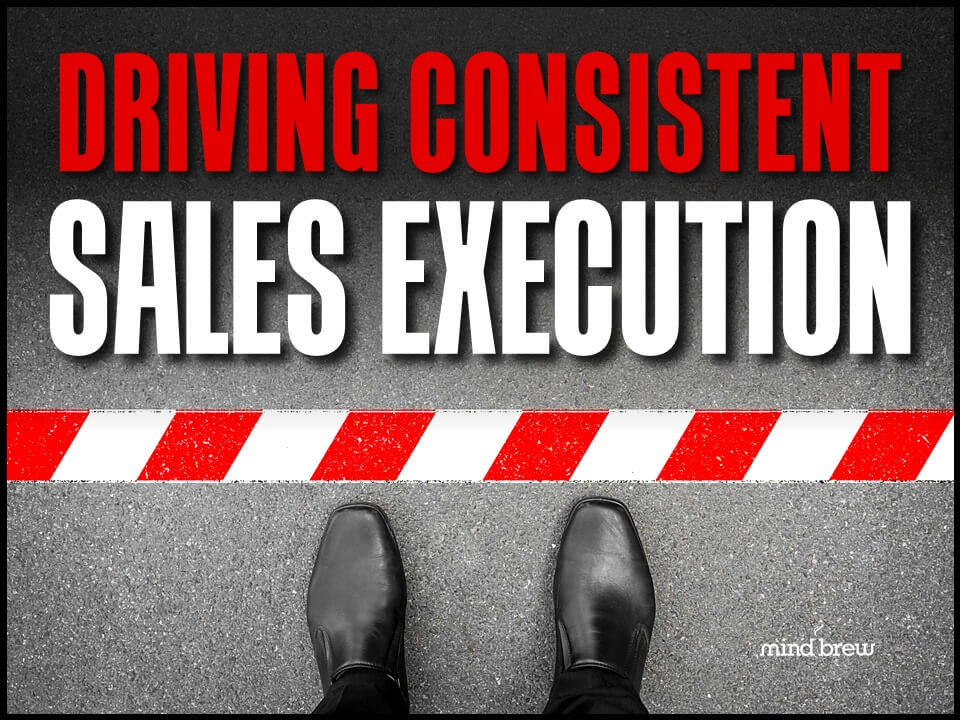When communicating and demonstrating the Sales Operations team’s impact and contribution to others in the company, it’s tempting to lead with the data. We have all of these glorious charts, graphs, and spreadsheets full of numbers, so it seems reasonable to just put them out there and say, “Look what we’ve accomplished!”
But as intuitive as this may seem, leading with the data in this way is not ideal…
When you lead with the data, others tend to focus too much attention on the data itself, rather than what the data is attempting to convey.
Is the data accurate and up to date? Shouldn’t this number be 186 instead of 184? How is the data being gathered? Where’s the data in Column 12 coming from? Does the data contain things that should be excluded? Why doesn’t the scale on this chart start at zero?
This is hardly where you want people to focus their attention.
(As a consultant, I once sat in on a board meeting where an hour was spent talking about the structure of a particular spreadsheet being presented, rather than the fact that the spreadsheet was showing a massive decline in operating profit. Coincidence? I didn’t think so.)
But the biggest problem is that metrics and measures are just not very effective storytellers on their own. To have any real meaning at all, numbers have to be interpreted and put into context. If I just showed you the number 12, it would mean very little…or could mean anything…without knowing the context, right?
When you lead with the data, you’re leaving the interpretation and context to the audience members themselves. And on their own, each audience member will come at the data a slightly different way, develop different interpretations, and potentially arrive at different conclusions.
So, what’s the better way? How should you go about communicating your value and contribution to others?
Always lead with a compelling story and use the data for punctuation and support.
Basically, you just want to turn things around. Instead of showing the numbers and then trying to explain or justify them after the fact, tell the story about what you’ve been working to accomplish and the gains you’ve made, then use the numbers to prove and support your conclusions. The interpretations and conclusions should come first; the data to support and prove those conclusions should come second.
It’s a seemingly small difference, to be sure. But it can make a world of difference in how your contributions and impacts are perceived and received.













